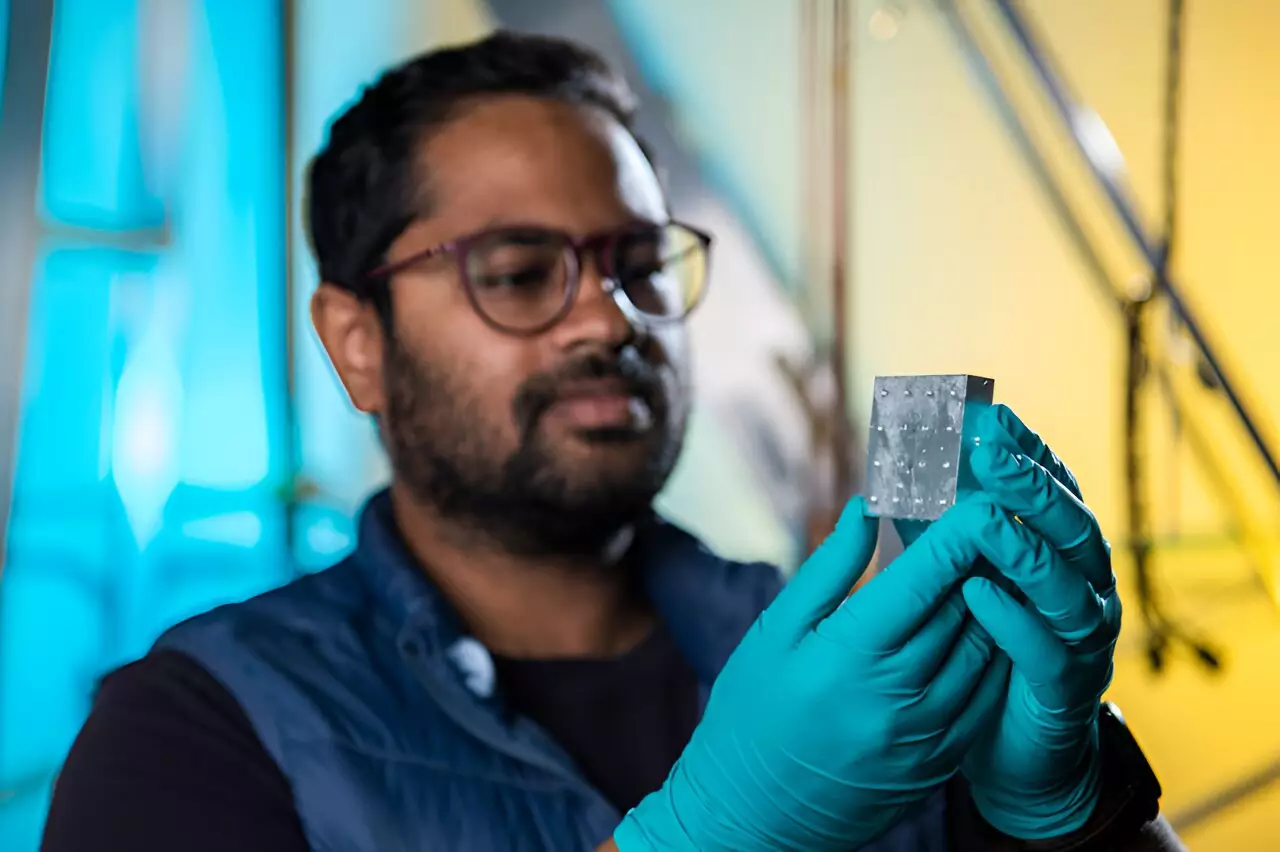The enigma of dark matter continues to baffle scientists as it remains one of the most perplexing constituents of our universe. Though it is believed to constitute about 27% of the cosmos, its presence is inferred only through gravitational effects on visible matter rather than direct observation. Understanding dark matter could revolutionize our comprehension of the universe, yet scientists grapple with the fundamental challenge of detecting these elusive particles. Researchers have long sought ways to coax dark matter into revealing itself, and recent advancements in quantum technology present an unprecedented opportunity to do just that.
Enhancing Signal Detection through Quantum Techniques
At the U.S. Department of Energy’s Fermi National Accelerator Laboratory, dramatic strides in detecting dark matter have emerged from an innovative intersection of quantum physics and experimental methodologies. A team of scientists, including graduate student Ankur Agrawal, emphasized the importance of enhancing the sensitivity of detection mechanisms to appreciate the feeble signals dark matter may emit upon interaction with ordinary matter. Their groundbreaking methodology revealed a staggering increase in detectability — by a factor of 2.78 — through the ingenious utilization of quantum techniques.
However, the journey to amplifying these minute signals is fraught with interference from environmental noise, which could easily obscure the faint whispers of dark matter interactions. The researchers’ unique approach tackles this dual challenge: maximizing signal while minimizing noise in a controlled setting. The successful execution of this experiment highlights the immense potential of quantum information science to unravel mysteries that have long baffled physicists.
Quantum States and Superconducting Qubits
At the heart of this groundbreaking study are the quantum states known as Fock states, manipulated using superconducting qubits. By preparing the microwave cavity in a high Fock state, researchers enhanced the likelihood of detecting dark matter’s interaction with the cavity walls. Each interaction triggers a discernible change in the number of photons within the cavity, essentially transforming a complex quantum idea into a tangible method of detecting black box physics.
This ingenious experimental design permits scientists to track changes in the microwave cavity without collapsing the quantum state. By measuring the same photons multiple times without destroying them, the researchers streamlined their detection process, yielding a more robust signal-to-noise ratio. Such a method not only puts quantum mechanics into action but presents a pragmatic application of theoretical principles that were once confined to academic texts.
Engineering the Environment for Detection
To further refine the experimental setup, the team employed a sophisticated dilution refrigerator to maintain an extremely low temperature, effectively plunging the cavity to one-hundredth of a Kelvin. This chilling technique mitigates thermal noise, creating an optimal environment for the delicate photons that could reveal dark matter’s presence. The meticulous preparation required illustrates the lengths to which researchers must go in order to push the boundaries of scientific detection.
Interestingly, the comparison of their technique to pushing a child on a swing elucidates the nuanced thinking behind their advancements. When the cavity is akin to a stationary swing, considerable effort is necessary to initiate motion; however, when the swing is oscillating, less energy is needed to maintain momentum. This illustration helps to demystify a complex quantum interaction, making it more digestible for broader audiences while emphasizing the elegance of this physical interplay.
A Pathway to Fundamental Discoveries
The implications of this research extend far beyond the singular pursuit of dark matter detection. By leveraging quantum technologies to enhance experimental sensitivity, scientists can redirect their focus toward other unresolved questions within fundamental physics. The intricate dynamics of particle interactions, quantum computing advancements, and the overarching fabric of reality itself may become clearer through such methodological innovations.
The collaborative efforts between Fermilab and the University of Chicago represent a confluence of academic prowess aimed at unraveling the complexities of the universe. With every measurable advance made at the intersection of quantum mechanics and particle physics, a pathway emerges not just to understand dark matter but to explore other dimensions of scientific inquiry that remain shrouded in mystery.
The future of physics brims with potential. Each small leap, powered by quantum techniques and innovative thinking, inches us closer to understanding the unseen forces that govern our universe. By transforming our detection capabilities, scientists embody the spirit of exploration, forever probing the vast unknown for the truths that lie hidden in the cosmic shadow.

